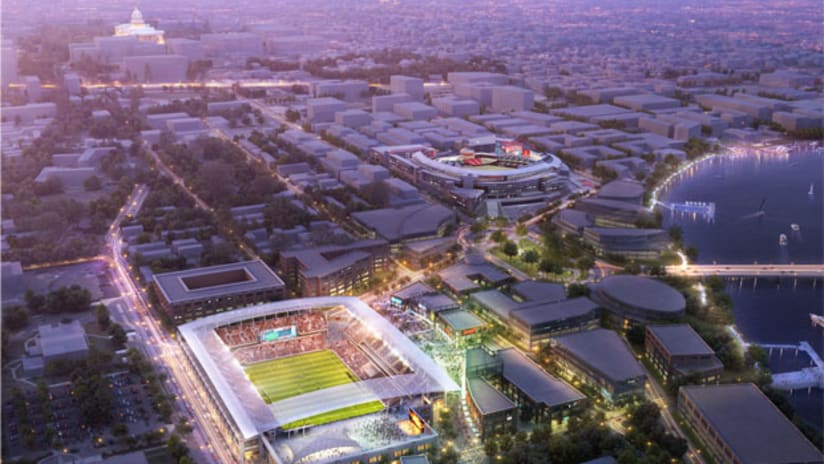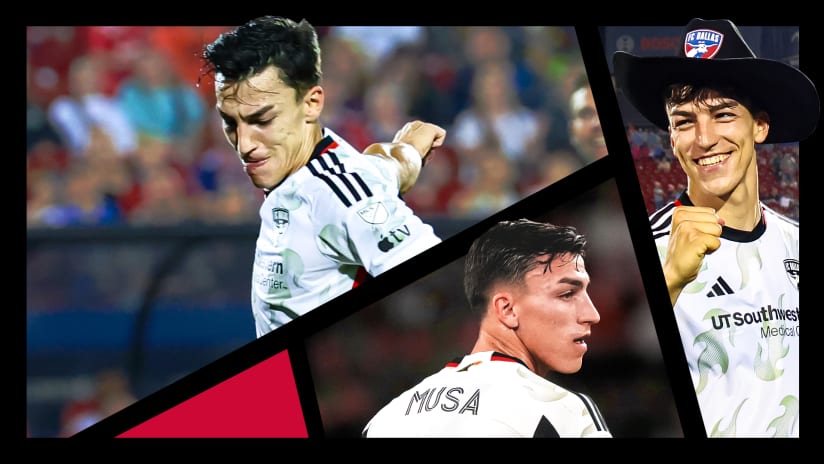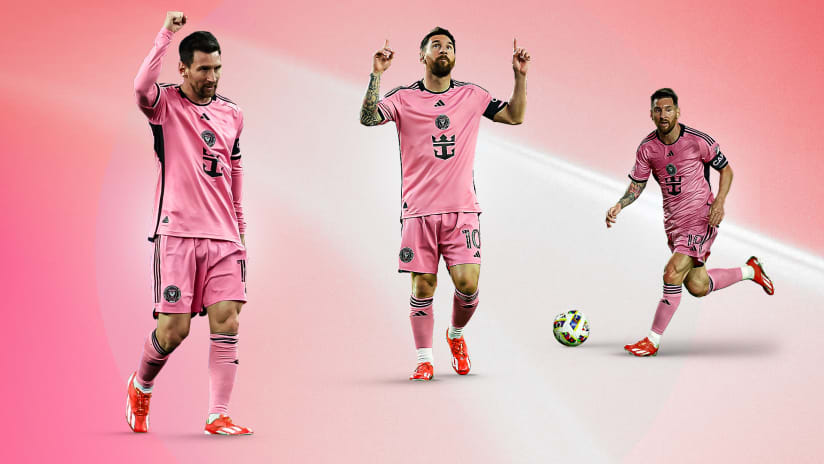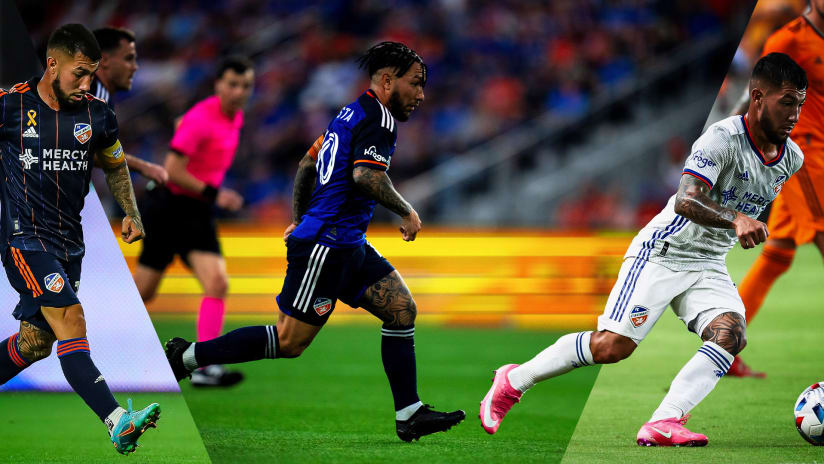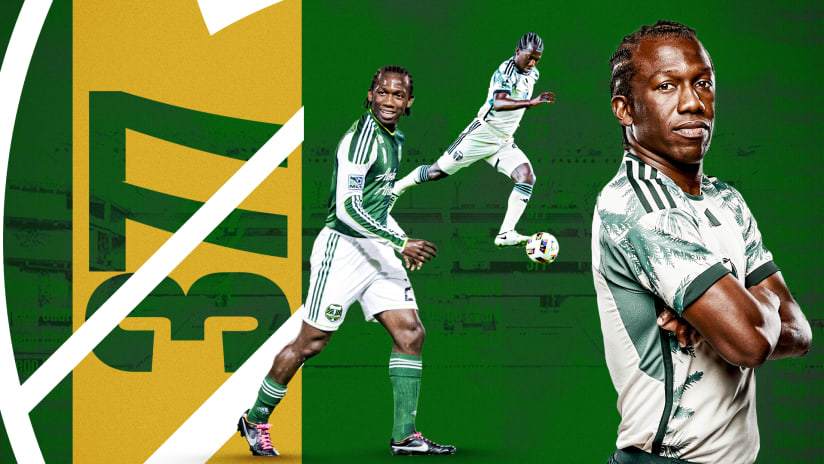WASHINGTON – Ask anyone at a club with more than a few trophies in the cabinet: A proud history is a double-edged sword.
Past glory carries incalculable benefits. But when the present isn't quite measuring up, all that hardware can start to feel like a silent rebuke as employees pass it on the way to work each morning.
When it comes to MLS, D.C. United have been doing it longer and better than anyone – not just winning awards but building a brand, creating an organizational culture, connecting with the wider community and putting butts in seats at RFK Stadium.
But those trophies have grown fewer and farther between for United as a fledgling league grew and evolved around them with increasing speed over the years, and their classic but rapidly antiquating home ground came to resemble, fairly or not, an unwelcome metaphor for a club fallen on hard times.
That's why Thursday's announcement of an ambitious stadium partnership between United and the D.C. government is such important news not just for a long-suffering fan base, but for the entire league and the continent's soccer scene as a whole. The deal is a long way from being completed, to be sure, but it's a tangible first step towards a better future.
“Part of me feels like maybe this season, being as bad as we are, is the price we have to pay to get this stadium,” Jayme Thysell, a member of both the Barra Brava and Screaming Eagles supporters groups who attended the event wearing a United jersey and logo-emblazoned combat helmet, told MLSsoccer.com in reference to D.C.'s 2-14-4 campaign.
It's been a trying year for the Black-and-Red, but a breakthrough on the stadium front has the power to instantly brighten the gloom, because fans recognize their club's enormous potential once a new home is secured.
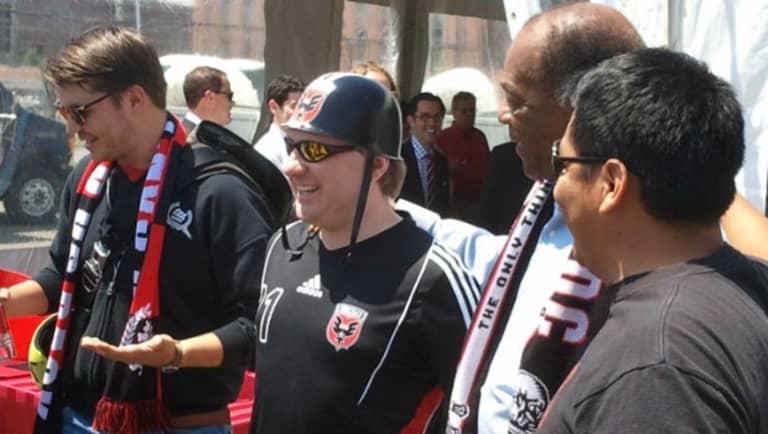
“In some ways you have to hit rock-bottom before you will recover again,” added Barra Brava member Marcelo Nina Valencia, who draped a United scarf over Marion Barry's shoulders as the D.C. city council member and former mayor posed for photos with fans. “I think we know, especially the way things are going on the field, you can only go up from here. We're hoping that the worst is finally about to be behind us and we can move forward into greener pastures.”
Jokes about RFK's age, blemishes and wildlife have obscured the power and potential of one of the top soccer markets in North America, and the team at its heart.
The 5.7 million residents of the greater Washington region – a dazzlingly diverse and explosively growing population – make it the seventh-largest metropolis in the US, one with a deeply rooted soccer culture running from the flag-draped mansions of Embassy Row to the bodegas of working-class Latino communities in places like Manassas, Va., and Hyattsville, Md.
They're savvy, opinionated and often demanding, but if you connect with the area's soccer fans with a solid team and a sharp new home like clubs in Kansas City, Portland and Philadelphia have in recent years, you'll have a monster on your hands.
It wasn't by accident that United usually outshone opponents from much larger markets in New York, Southern California and Chicago in the early years. The fostering of a legitimate supporters' culture on RFK's “loud side” set the example that “MLS 2.0” clubs would later follow, and the construction of a skilful, competitive squad gave them something to cheer about.
It's important to explain here that thanks to its political and governmental economy, the city welcomes a steady supply of transplants from other regions and nations. They're infamous for supporting their sports teams from back home ahead of the Washington sides – but United has always provided a unifying experience that brought disparate groups together, from the epic tailgating scene in RFK's Lot 8 to the chants, bouncing stands and flying beer of the supporters' sections.
Mayor Vincent Gray has now staked his own political capital on the development of a soccer-specific stadium at Buzzard Point, one which will sit less than two miles away from the US Capitol, providing the world with an iconic reminder of the sport's place in this city as well as the nation as a whole.
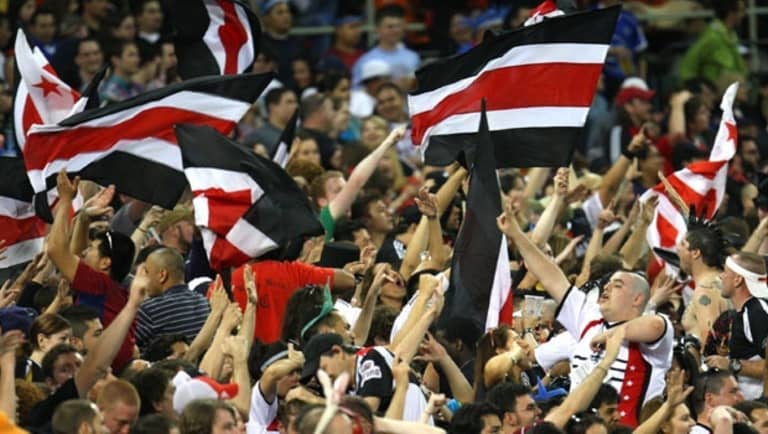
And it won't just be a magnet for fans. Blue-chip foreign talent which might once have overlooked D.C. can be better lured by a premier facility in the midst of a cosmopolitan world capital and the deep pockets of United majority owner Erick Thohir – bolstered by the improved financial picture of a reinvigorated club in a region that grows bigger and denser by the day.
“We've gotten the right support from the mayor. We've gotten the right support from the league – certainly, Commissioner [Don] Garber has been a huge ally in this – and I think the timing is right now that we look to the future and prepare to move forward,” said United managing partner Jason Levien on Thursday. “And we finally have our agreement in place.
“Hang with us. We're all in this together, we're locking arms together with our fans, with the [Gray] administration. We believe we can make this happen.”

